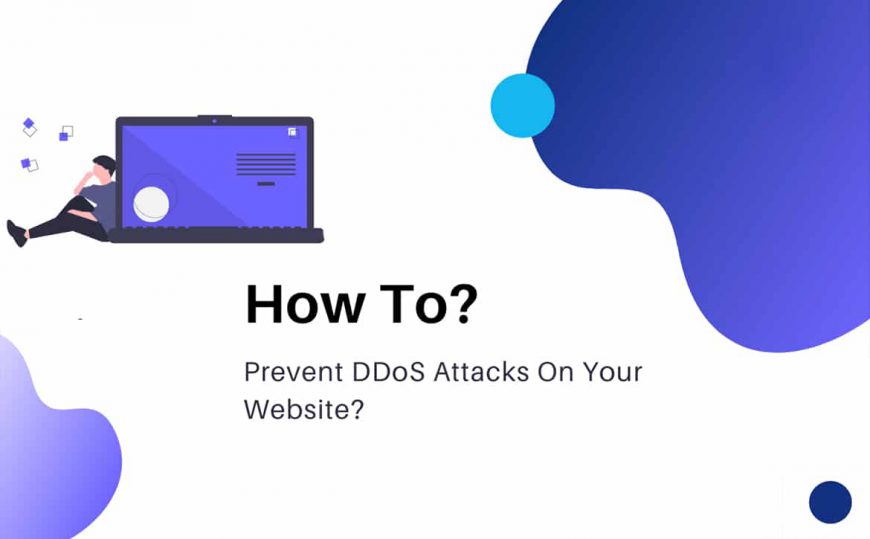


While there are various means to perform a DDoS attack, ranging from HTTP floods to Slowloris’ lingering connections, the vast majority require live connections to your server. Even hardy servers can’t handle the number of connections a DDoS can bring. By flooding a server with more connections than it can handle, the server becomes bogged down, making it unable to process legitimate requests. Just like when driving, your travel-time from point A to point B will be slower if there’s too much traffic. This is done by overloading a server’s resources and using up all available connections, bandwidth, and throughput. One threat in particular has grown more common in recent years: DDoS attacks.īut what is a DDoS attack, how can they be identified, and what can you do to safeguard your website against them? In this guide, we’ll take a look at the common signs of a DDoS attack as well as which steps you can take to mitigate the damage they cause.ĭDoS, or Distributed Denial of Service, is a coordinated attack using one or more IP addresses designed to cripple a website by making its server inaccessible.

With businesses growing increasingly reliant on search engines and web traffic to drive sales, the ever-present risk from malicious actors online carries with it a higher price than ever before. Whether you’re a blogger, the owner of an eCommerce shop, or a webmaster for a local service provider, everyone knows that in today’s internet-driven world, having a strong website can be the difference between economic success and failure.


 0 kommentar(er)
0 kommentar(er)
